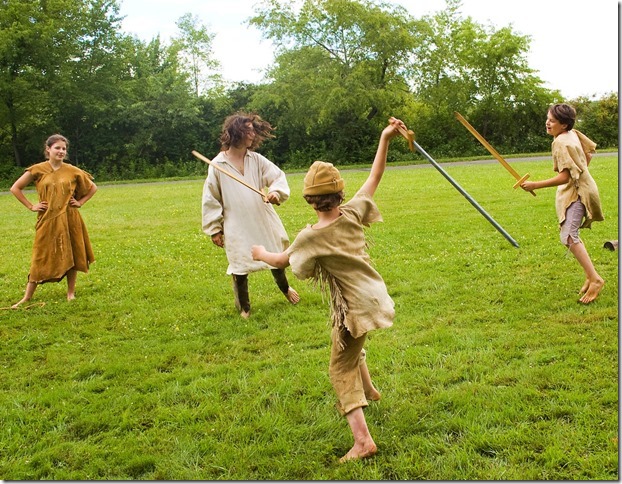
There are really only two components needed to braintan a scraped hide. One is brain oils (or similar oils from another source) and the other is wood smoke. Of course, in reality there is a third element-a whole lot of elbow grease. Although it is certainly possible to kill a deer, scrape its hide the same day, apply brain oils multiple times and soften and smoke it, all in a 24 hour period, it is not the most practical way to work. You may have seen pictures of Indian villages with dried hides hanging around or in frames. This suggests that they did not immediately process their hides as they harvested them, either. A hide that is stored for several months, sitting around camp and absorbing some smoke, is sure to soften easier than a fresh hide. Hides are mostly composed of a bunch of woven fibers bound together by a glue like substance. That is a very elementary explanation of hide chemistry, but it’s perhaps the main thing you need to know in order to become a good tanner. Most variations in brain tanning methods involve different ways to either: dissolve much of the glue in the hide, or to keep the hide fibers open so that softening becomes easier. The main ways to get rid of the glues are, bucking, (that is, soaking the hide in a weak lye solution), then rinsing the lye back out, and/or aging (letting a dried hide sit around for a few months before finishing it.) The other common method, pre-smoking, is really a way of keeping a stretched, somewhat open fibered hide in an open state by adding smoke before the final softening. It would take a book to explain all the variations of brain tanning methods out there and such books have been written, but the goal, always, is to open the fibers and keep them open by smoking the hide. Brains do not tan a hide, in spite of the name. Smoke does.
